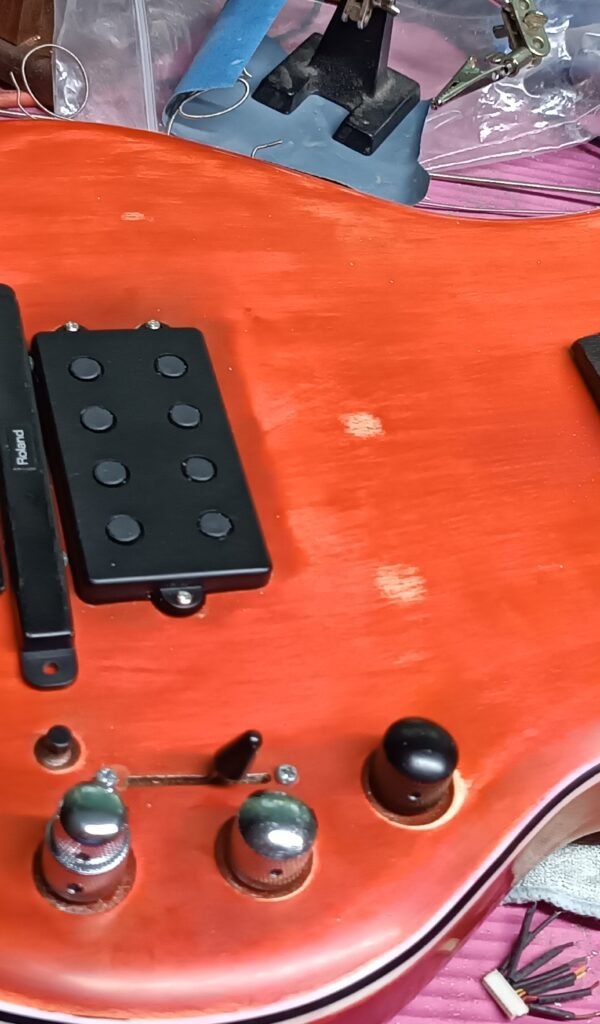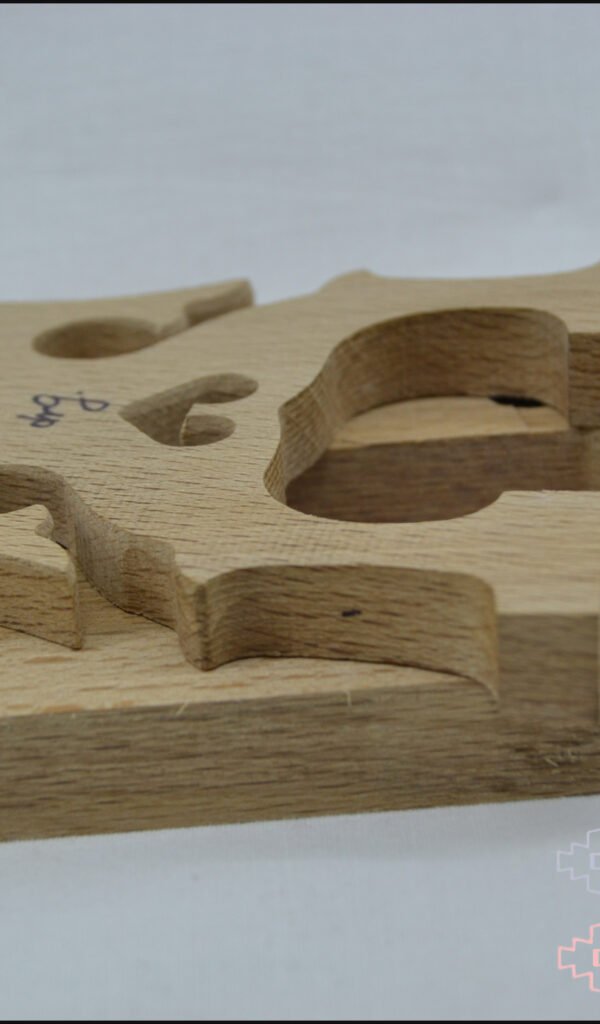When it comes to replacing a violin bridge, precision is key. Properly placing a new bridge on your violin is crucial for achieving optimal sound quality and playability. Whether you are a beginner or an experienced violinist, understanding the process of bridge installation is essential to maintain your instrument’s performance.
Gather the necessary tools: Before you begin, ensure you have the following tools ready: a new bridge, a bridge fitting tool, a pencil, a ruler, and a set of fine sandpaper. These tools will aid you in accurately fitting and positioning the bridge.
Loosen the strings: To safely install a new bridge, you must loosen the tension on your violin strings. Use the fine tuners or pegs to release the tension gradually, ensuring the strings are not completely slackened.
Remove the old bridge: Gently lift the old bridge off the violin, taking care not to damage the instrument or the soundpost. Avoid applying excessive force or twisting motions during this step.
Prepare the new bridge: Inspect the new bridge for any imperfections or rough edges. Use fine sandpaper to smoothen the surfaces if needed. Ensure that the feet of the bridge are perfectly flat and even.
Position the bridge: Using a pencil and ruler, mark the ideal placement for the new bridge. Align the feet of the bridge with the inner notches on the f-holes of the violin. Maintain proper spacing and ensure the bridge is centered and perpendicular to the body of the instrument.
Fit the bridge: Carefully place the bridge on the violin, sliding the feet into the notches. Apply gentle pressure to ensure a snug fit. Make small adjustments if necessary to achieve proper alignment.
Align the strings: As you tighten the strings, monitor the alignment of the bridge. The strings should run smoothly over the bridge and align with the fingerboard and tailpiece. Make any necessary adjustments to ensure even spacing and proper string height.
Tune the violin: Gradually tune the strings back to their original pitch. Monitor the bridge’s stability and make any minor adjustments as needed. Pay attention to the sound quality and playability, ensuring they meet your expectations.
Check for proper fit: Inspect the bridge from various angles to ensure it stands upright, without leaning or tilting. Verify that the feet of the bridge make full contact with the instrument’s surface. This is essential for optimal sound transmission.
Seek professional help if needed: If you encounter difficulties during the process or are unsure about the bridge’s placement, consider seeking assistance from a professional luthier. They have the expertise to ensure your violin’s bridge is properly installed.
Placing a new violin bridge requires careful precision and knowledge of the instrument. This article provides detailed instructions on how to properly install a new bridge for optimal sound and playability.





